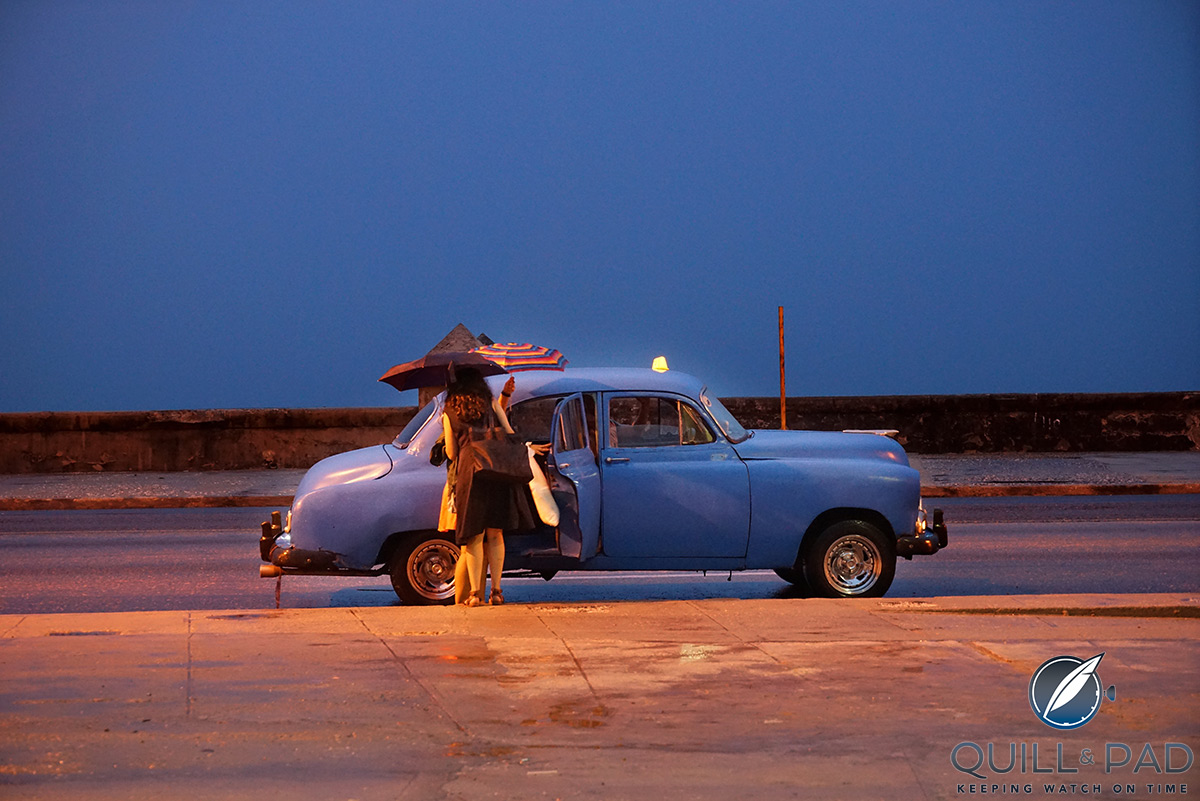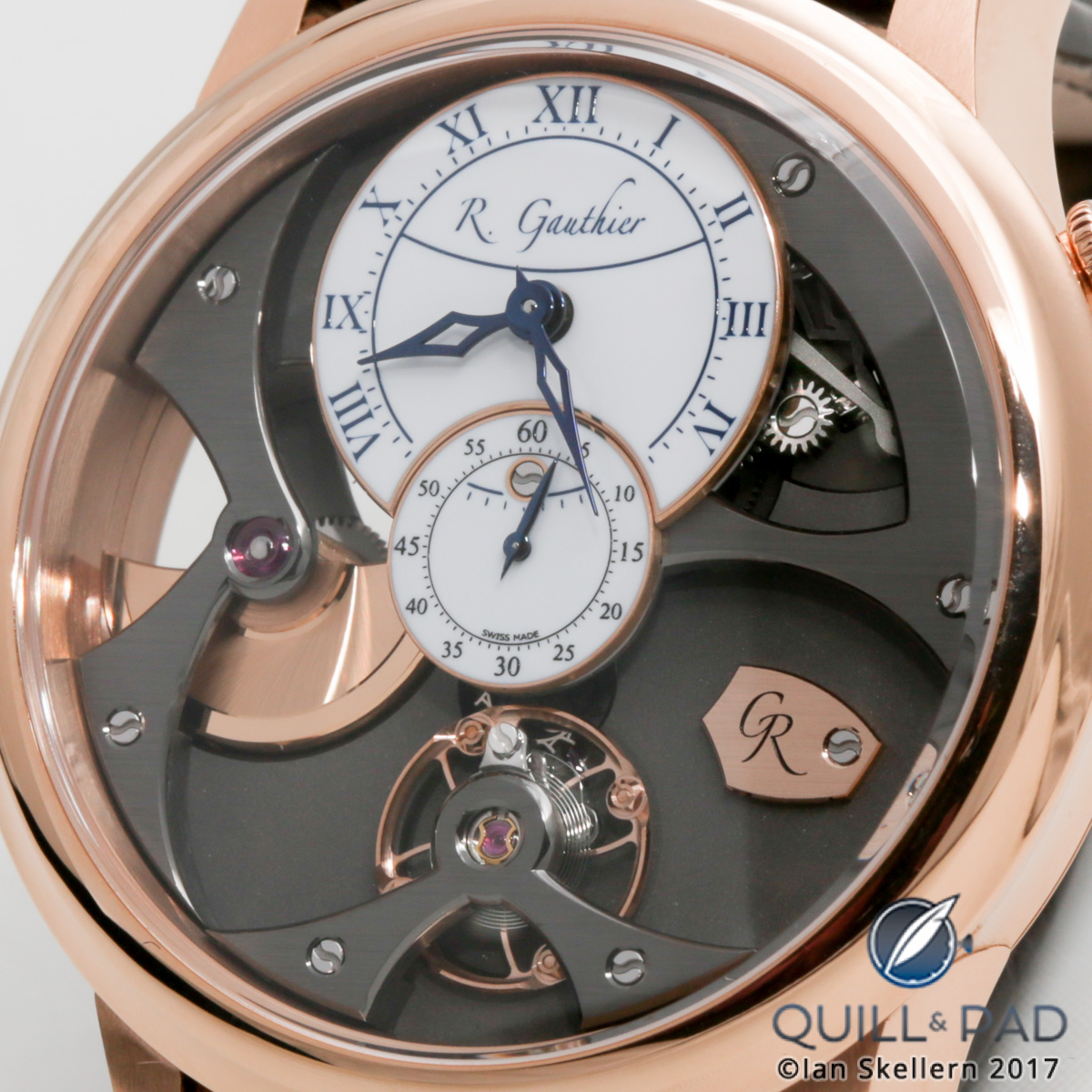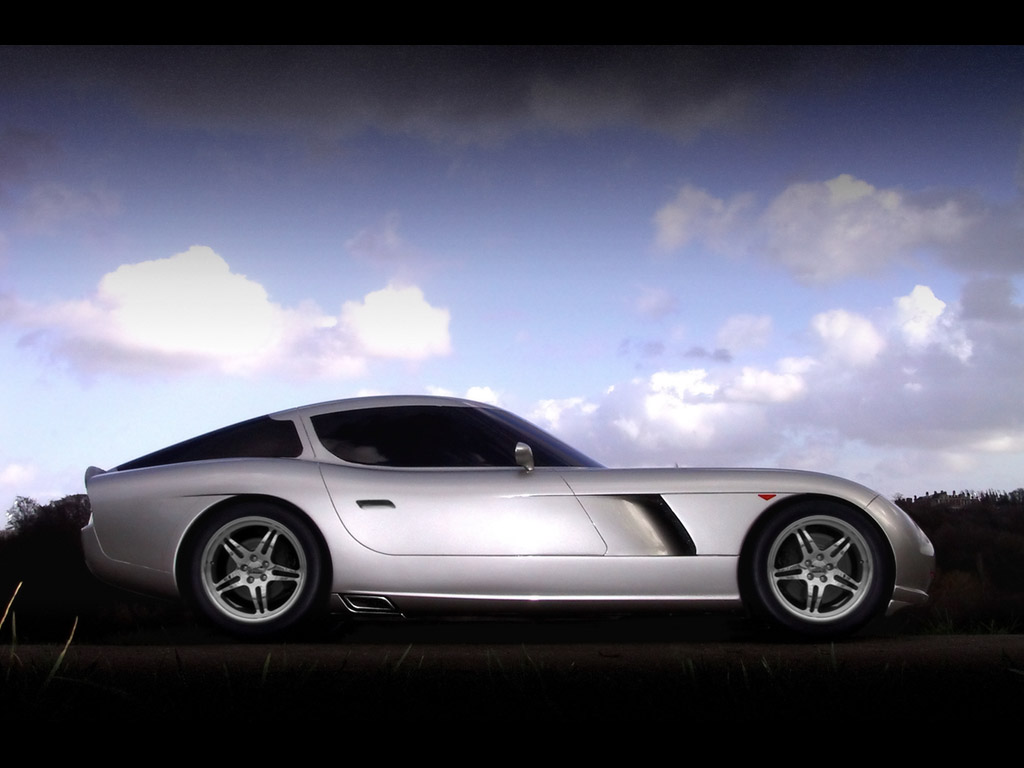
Can you imagine an independent watchmaker making magnificent watches for a niche audience and only selling them directly out of his or her workshop?
Perhaps you can because we have plenty of examples in the watch world of just that.
These are without exception wonderful people who passionately take time to talk some serious shop whenever you visit them, sometimes even to the extent that you think the watches are making themselves.
Now imagine this same approach for a car brand selling out of a single showroom with an owner who dislikes press so much that he never has any of his cars available for a test drive or a review.
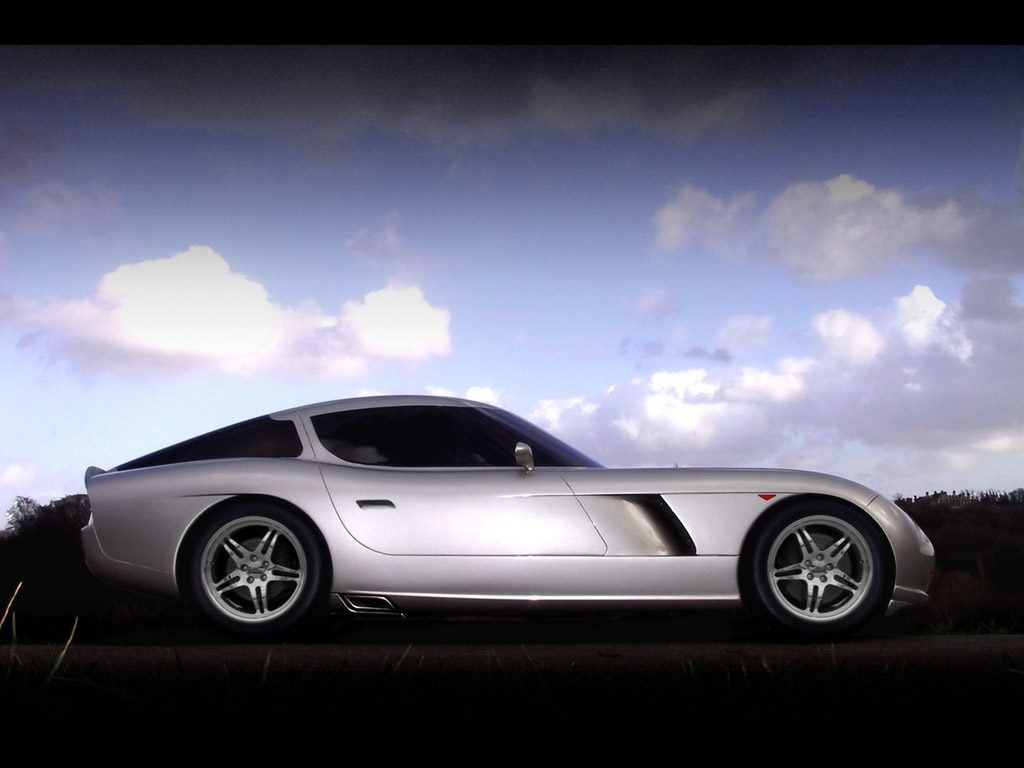
Bristol Fighter from 2002 (photo courtesy www.thewheelsofsteel.com)
I am talking here about Bristol Cars, and if you have never heard of it, even if you consider yourself a car connoisseur, you may be forgiven.
Bristol Cars
Bristol Cars was born out of the Bristol Aeroplane Company in 1945.
With more than 50,000 employees, the Bristol Aeroplane Company was quite busy during World War II. But as soon as the war was over, demand for planes dropped to nearly non-existent. However, the company had already prepared for the drop in aviation demand after the war.
Previous to hostilities it was the British importer of BMW. When the time was right, it bought the car brand Frazer Nash, but not before traveling to Munich to acquire the rights to produce three BMW models as well as the then-renowned BMW 328 engine.
The early history of Bristol Cars bears quite a resemblance to BMW, though with a touch of British flair.
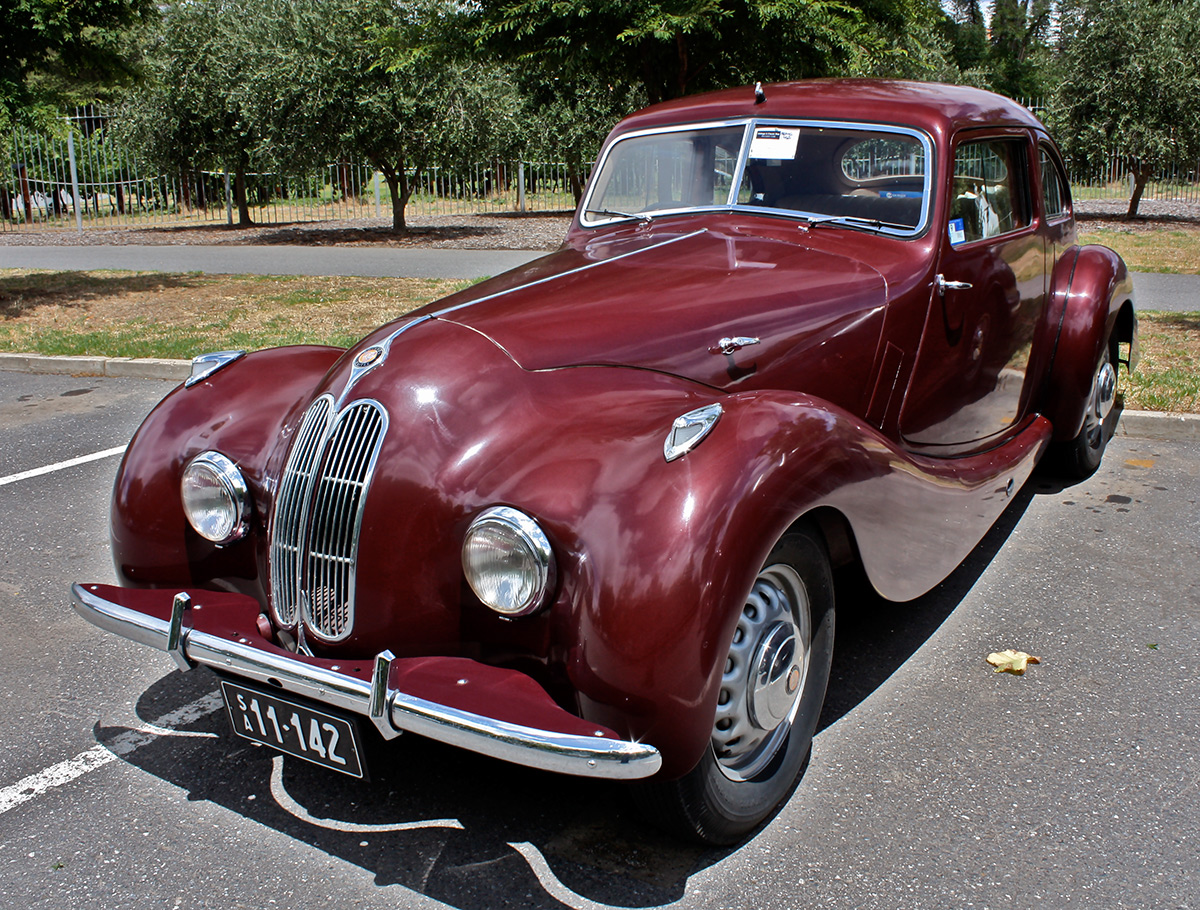
Bristol 400 circa 1948 at the Adelaide Botanic Gardens (photo courtesy Ferenghi/Wilipedia Commons)
As the Bristol cars got heavier, the 328 engine, which it was still producing in a slightly adapted form, didn’t produce enough power to be able to handle the weight quite as well.
So as of 1961, Bristol changed over to the Chrysler V8. The styling became more understated, showing resemblance with the Triumphs, Jaguars, and Aston Martins of this era . . . and stayed there.
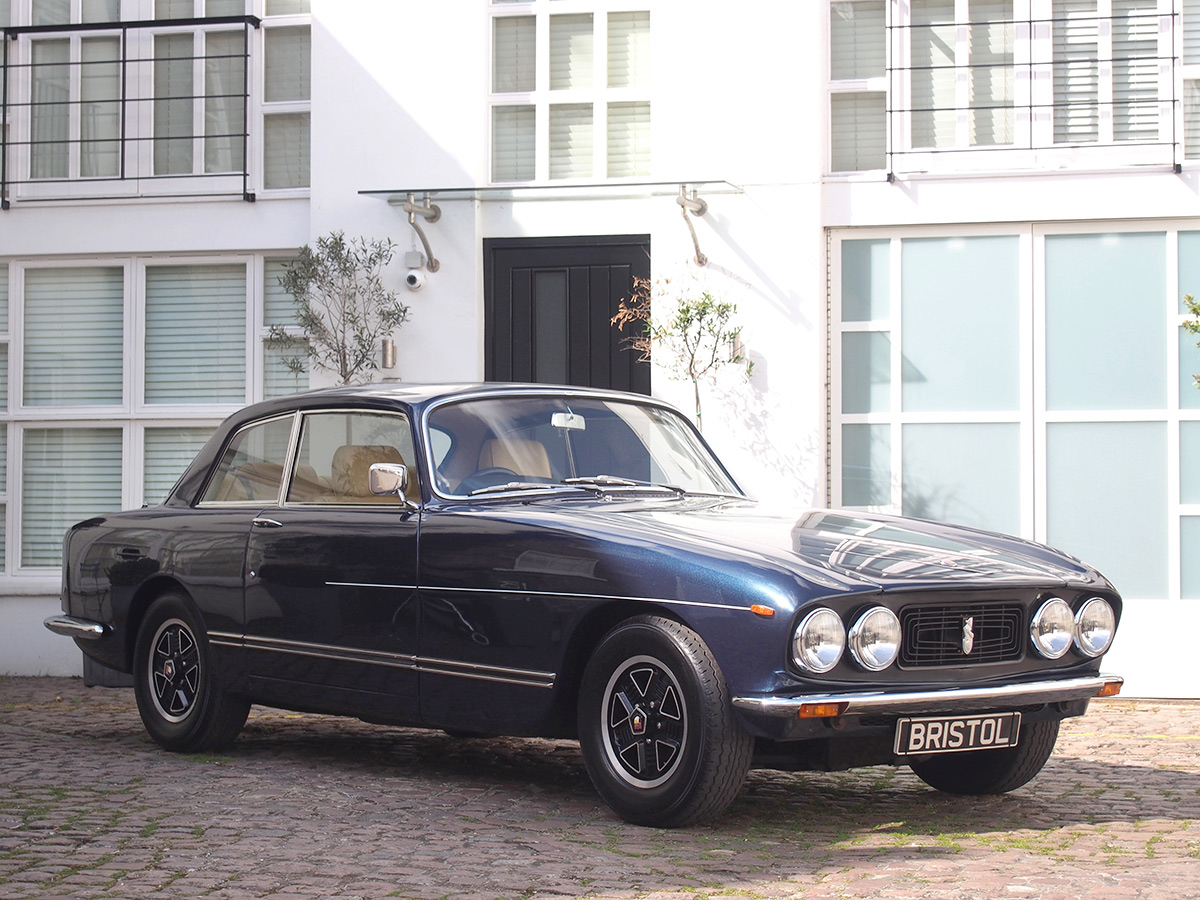
Understated 1974 Bristol 411 Series 4 (photo courtesy Bristol404/Wikipedia Commons)
Bristol never became a high-volume producer, often only making just more than 100 cars a year.
Its clientele mainly comprised people with venerated backgrounds and ancient titles – people who preferred an understated car made by hand. The cars practically sold themselves among this patronage, so much so that advertising probably seemed like a superfluous nuisance.
That all having been said, Bristol cars are gems in all their quirkiness; they have a style all their own, are well made, and are so far off the radar for the majority of car enthusiasts that you really only buy them to put a smile on your own face.
Bristol Fighter
That is quite a long intro to finally arrive at what might be one of the most exotic cars out there, an automobile that has mesmerized me since I first laid eyes upon it: the Bristol Fighter.
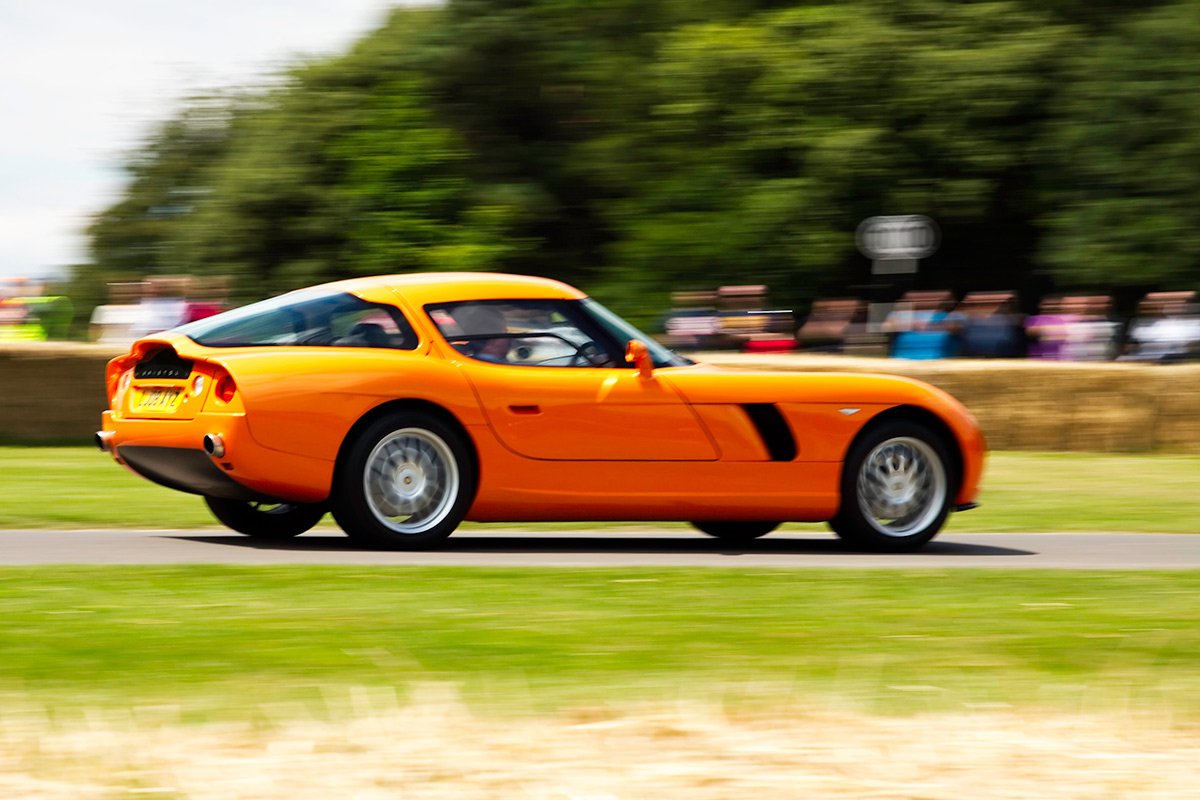
Bristol Fighter at the 2011 Goodwood Festival of Speed (photo courtesy Andrew Basterfield/Wikipedia Commons)
Launched in 2004, it is quite a departure from previous Bristols, which can mainly be seen as GTs (grand tourers).
The Fighter was nothing short of a supercar – with all of its Bristol quirkiness, of course.
It follows a recipe that has worked wonderfully for the British (and the Italians as well): take your own bodywork and add a large American-made engine. In the case of the Fighter, this is a modified version of the eight-liter Dodge/Chrysler V10 engine that is also in the Dodge Viper.
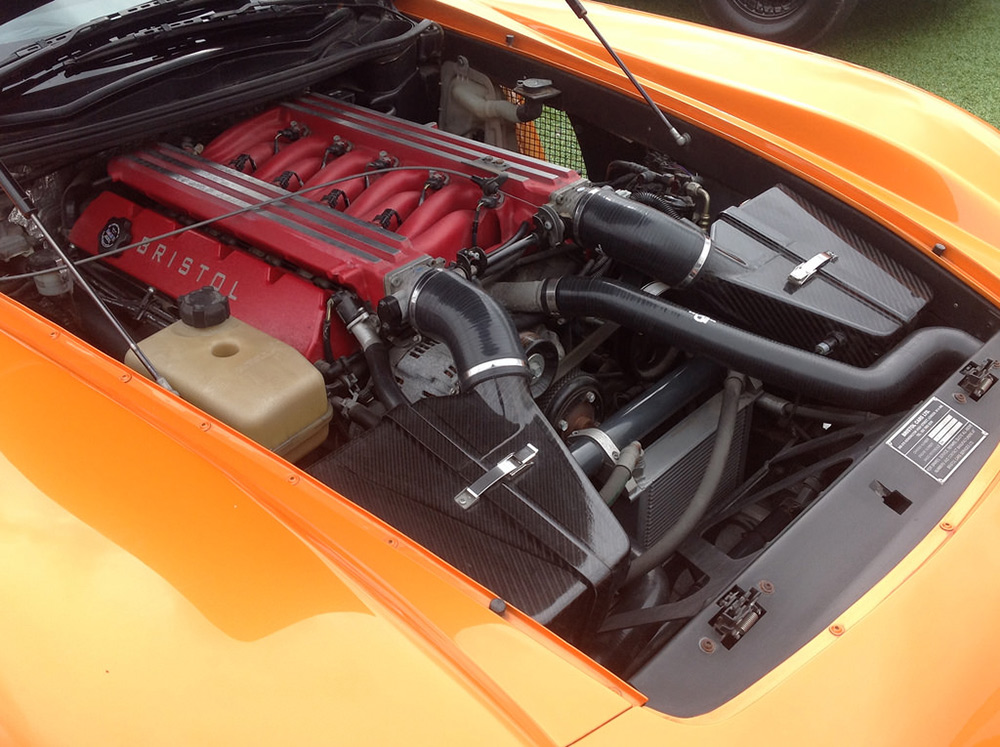
A Dodge/Chrysler V10 engine powers the Bristol Fighter (photo courtesy andreboeni Flickr)
The V10 produces 525 bhp at 5,600 rpm with 515 lb-ft (698 N·m) of torque available at 4,200 rpm in the Bristol Fighter. There is even a more powerful Fighter S, whose engine boasts 628 horsepower, which at high speed increases to 660 hp thanks to the ram air effect.
With a total weight of only 1,600 kilograms, the Fighter has no problem going anywhere at any time at any speed. It is fast!
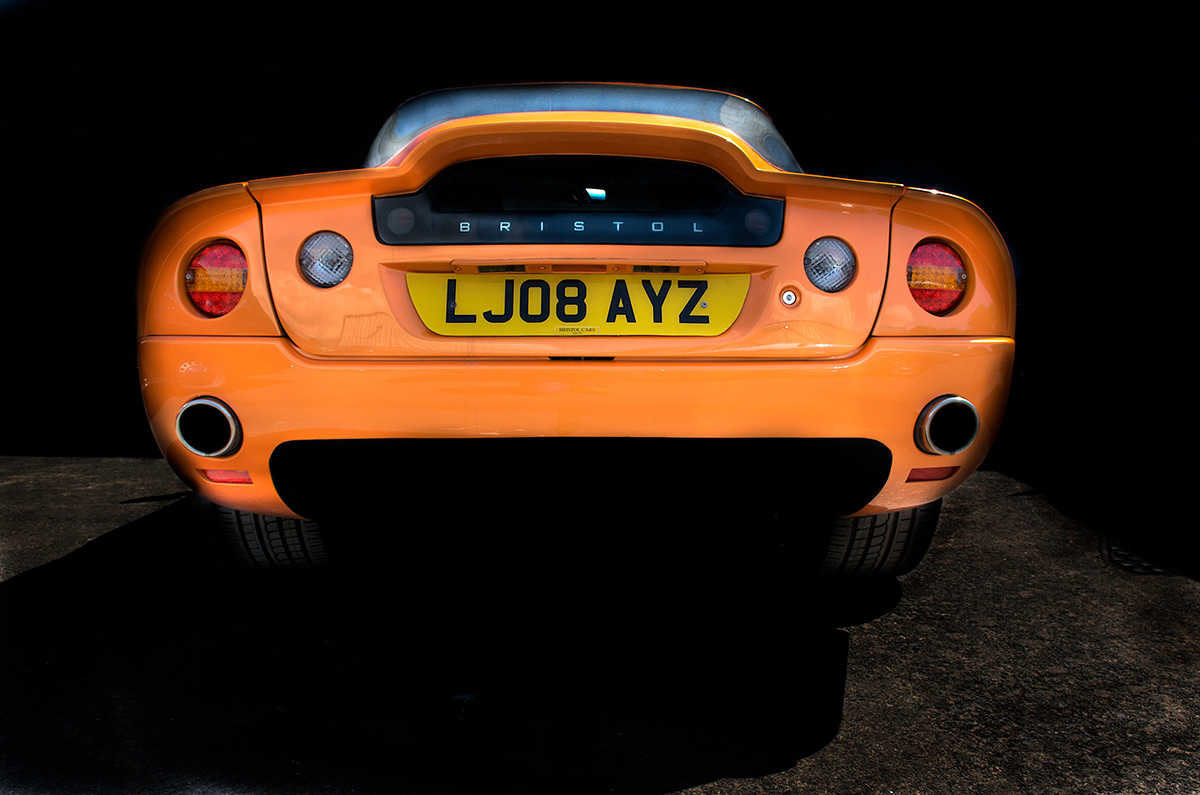
Muscular back of the Bristol Fighter (photo courtesy Lansdownplace/Wikipedia Commons)
The available power and torque are impressive, and thanks to the more agile design of the Fighter, as well as a better gearbox setup, it drives better than a Viper.
The design of the car is the work of Max Boxstrom, the former engineer of Brabham’s Formula One team. He gave the Fighter its sleek looks, gullwing doors, and a drag coefficient of only 0.28.
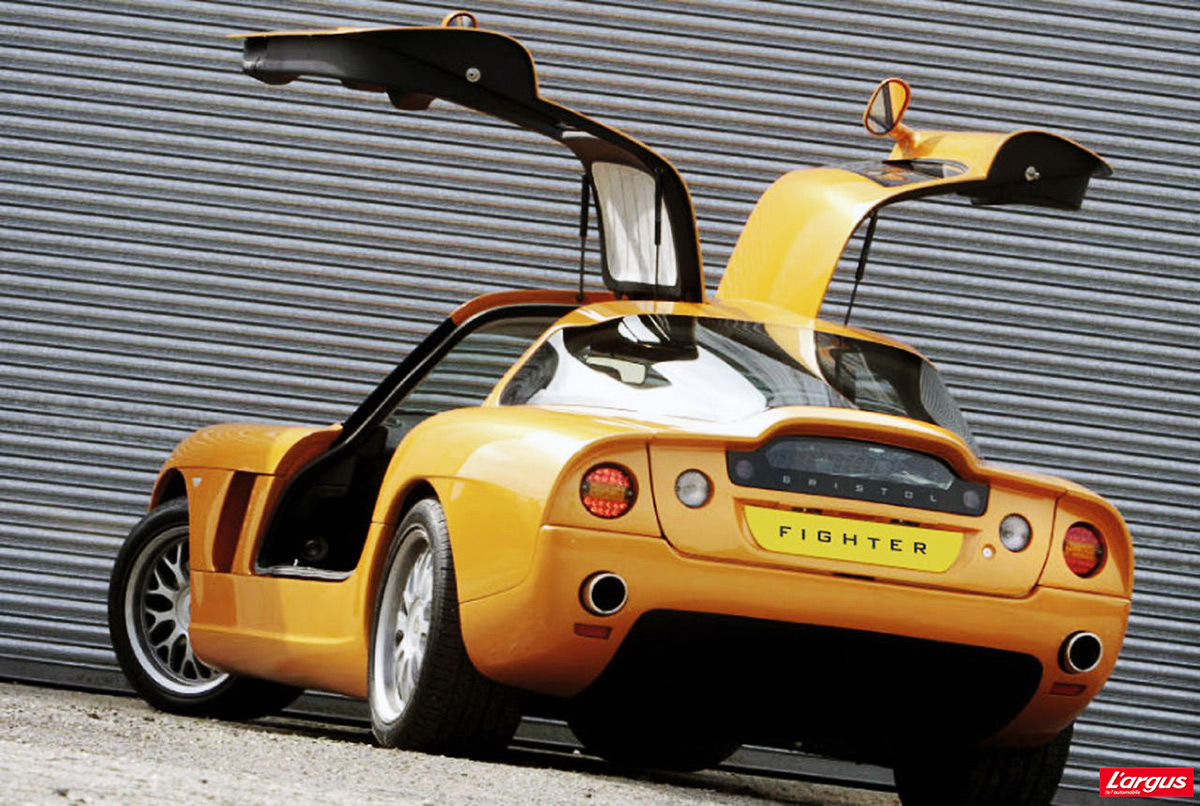
Gull wing doors on the Bristol Fighter
No two Fighters are the same. As is often common with small, niche producers, the models evolve with every new unit made – sometimes as part of a learning curve, sometimes because owners want a different setup.
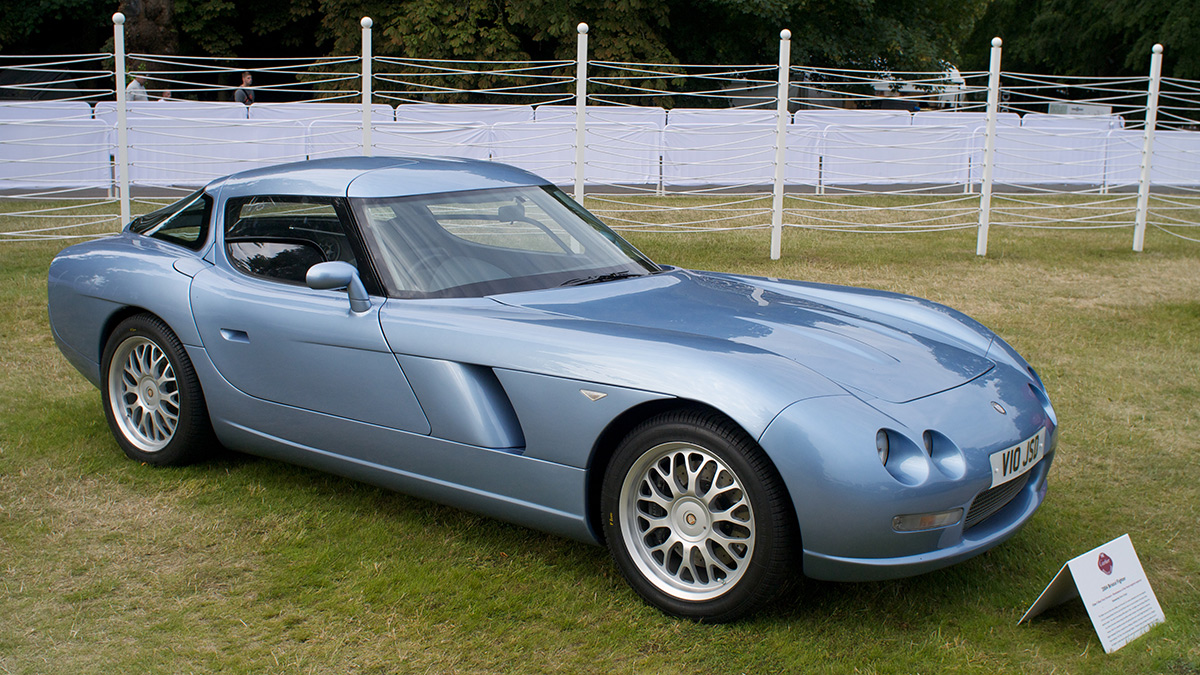
Bristol Fighter from 2004 at the Goodwood Festival of Speed (photo courtesy Edvvc/Wikipedia Commons)
That is part of the charm and perhaps also the reason why watch enthusiasts still get so excited about watches that are made in pretty much the same way.
For me, this is personally also part of the appeal of the Fighter. That and details such as a dashboard counter that tells you not how many miles the engine has run, but how many hours as a nod to the aviation history of the brand.
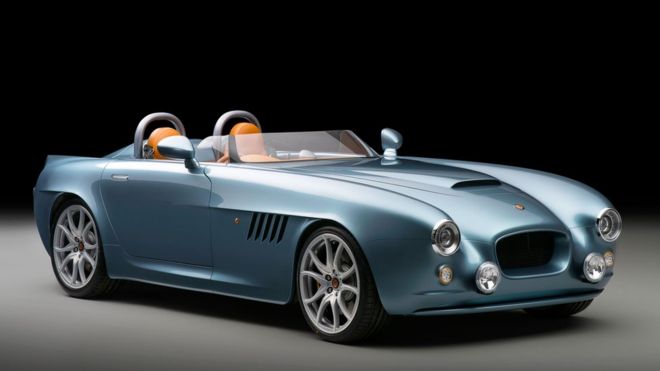
2015 Bristol Bullet
The Fighter was discontinued in 2011 and Bristol went into bankruptcy. However, the brand was relaunched the same year and in 2015 brought out the Bristol Bullet to celebrate the brand’s 70th anniversary.
For more information, please visit www.bristolcars.co.uk.
Quick Facts Bristol Fighter
Engine: 7996 cc V10
Power: 525bhp @ 5.600 rpm (628bhp for Fighter S)
Torque: 515 lb-ft of torque @ 4.200 rpm, rear-wheel drive
Transmission: 6-speed manual
Acceleration: 0-100 km/h in 4.0 seconds (claimed as the car was never officially tested)
Top speed: 300+ km/h (claimed as the car was never officially tested)
Base price: £225,000
